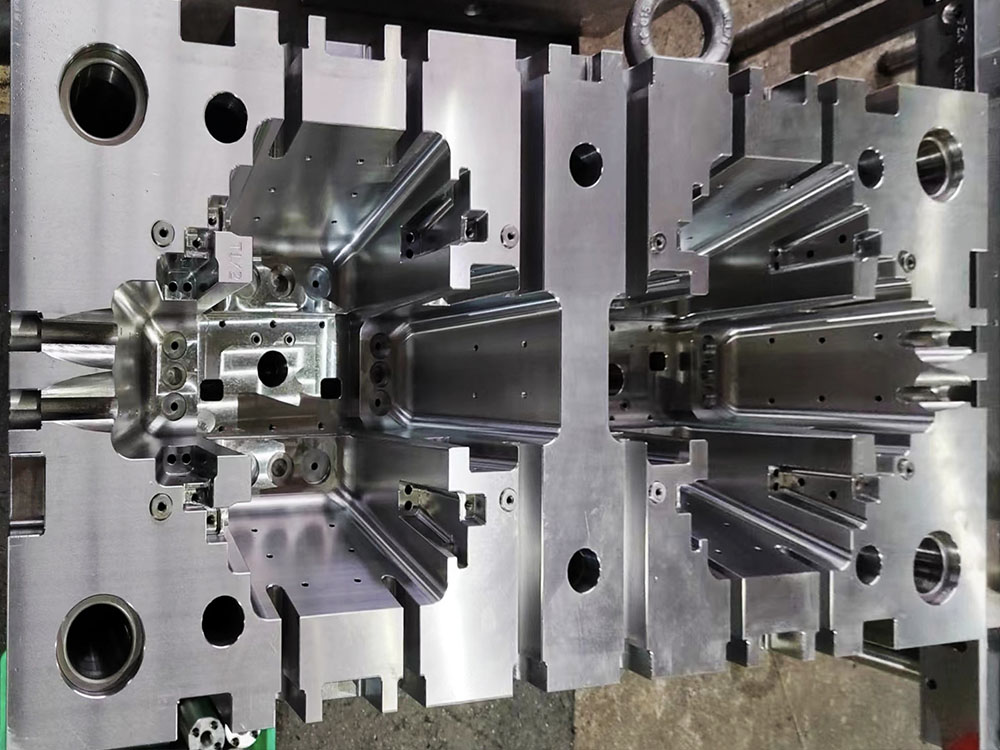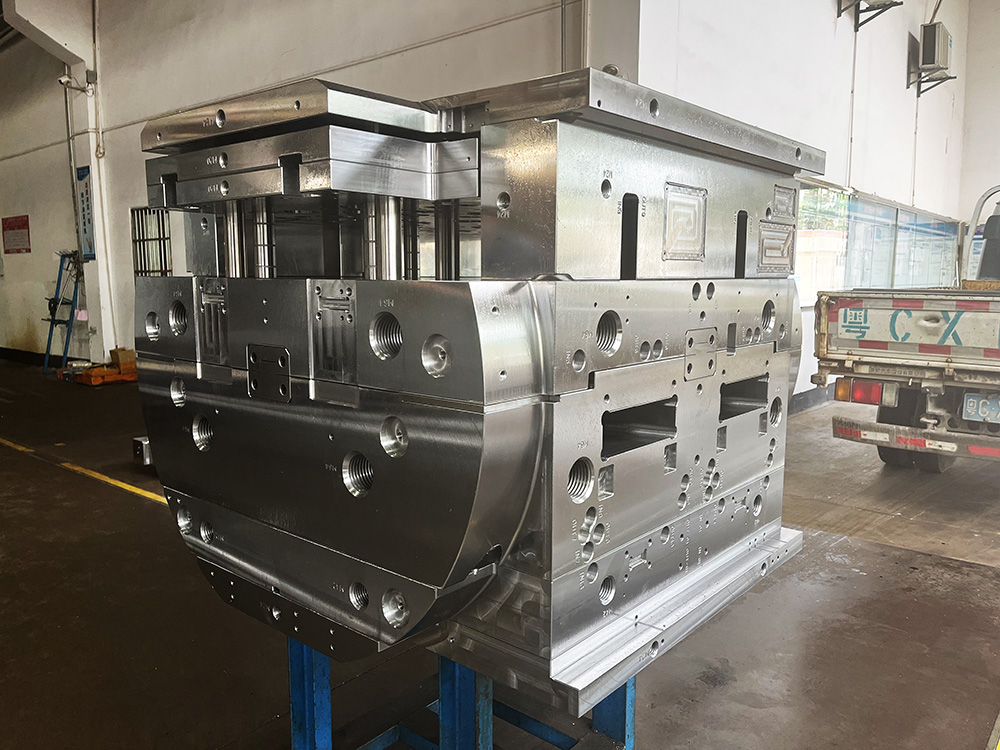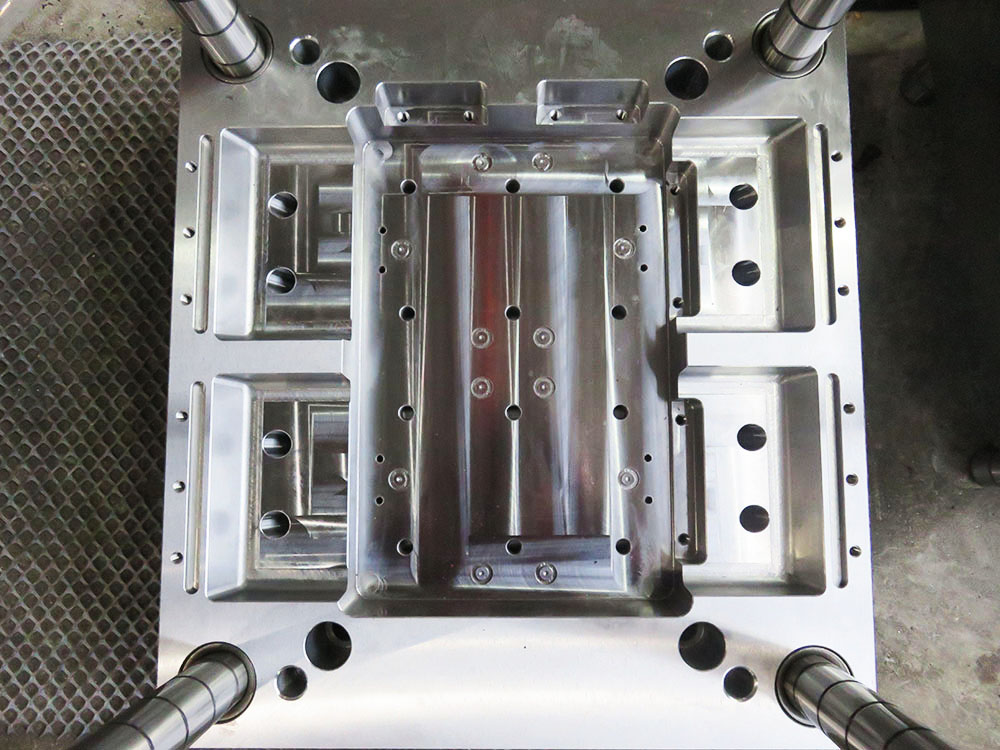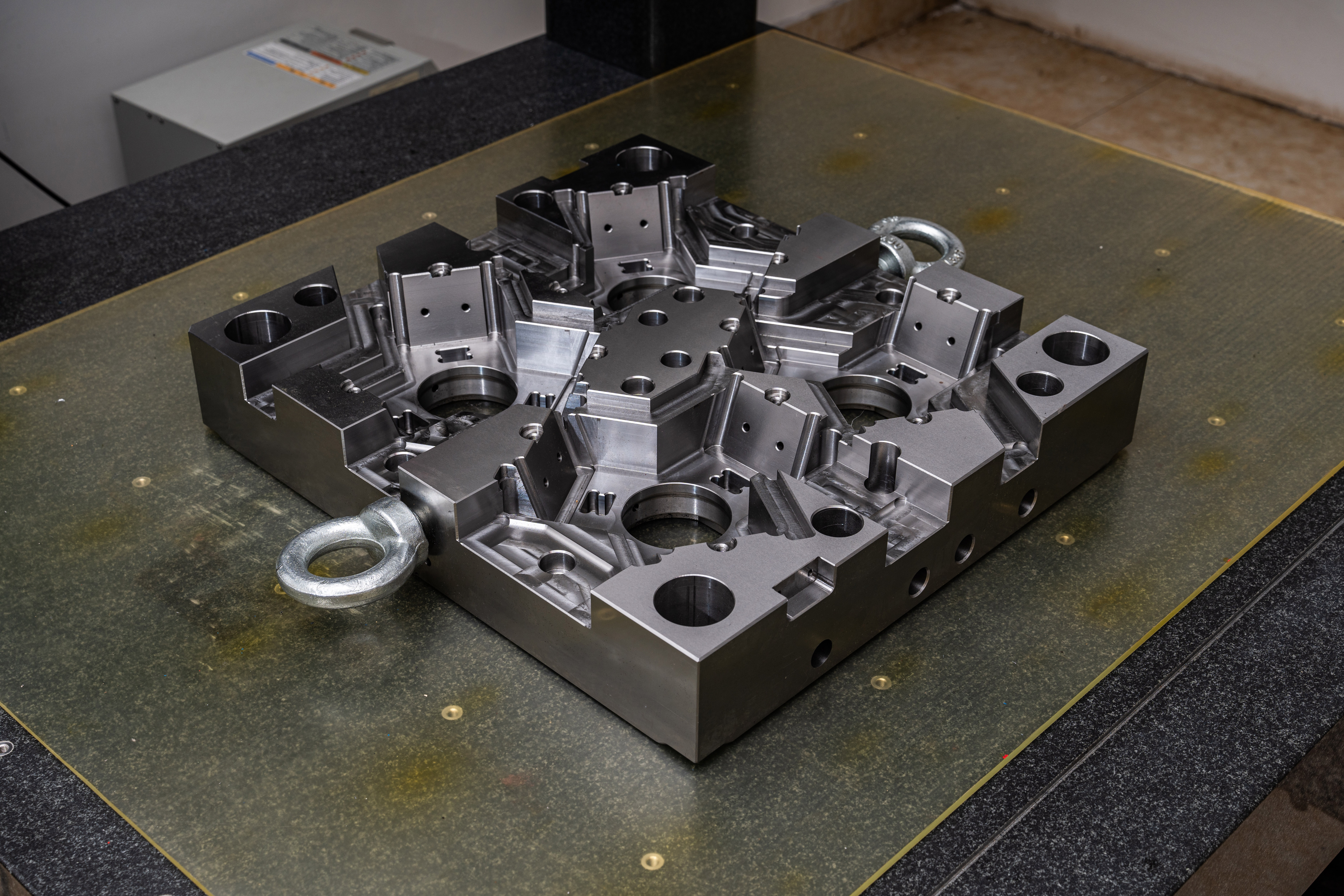Introduction to the Mold Making Department at the Mold Factory
The Mold Making Department at the Mold Factory plays a crucial role in the production of high-quality molds for various industries. As the foundation of the mold manufacturing process, the department focuses on the production of mold bases, which serve as the framework for molding operations. This article aims to provide a comprehensive overview of the Mold Making Department, highlighting its responsibilities, processes, and importance in the mold base industry.
Responsibilities
The Mold Making Department is responsible for designing, fabricating, and assembling mold bases according to the specifications provided by the customers. These specifications often include the desired dimensions, materials, and functionalities of the mold base. The department consists of skilled technicians and engineers who collaborate to ensure that the molds meet the highest quality standards and satisfy customer requirements.
Moreover, the department is involved in the maintenance and repair of existing mold bases used in production. This includes identifying any issues or damages in the mold bases and undertaking appropriate corrective measures to ensure optimal performance. Regular maintenance and repair play a crucial role in preventing production delays and ensuring the longevity of the mold bases.
Process
1. Design: The first step in the Mold Making Department is the design phase. Skilled engineers utilize advanced CAD software to create precise blueprints of the mold base, taking into consideration the functional requirements and industry standards. This stage involves careful analysis and collaboration with customers to identify their specific needs and preferences.
2. Material Selection: Once the design is finalized, the department selects the appropriate materials for the mold base. Common materials used include high-quality steel alloys, aluminium, or even certain types of plastics depending on the application and expected productivity.
3. Machining: In this stage, the chosen materials are processed using various machining techniques, such as milling, turning, grinding, and drilling. These techniques are employed to shape and create the necessary components of the mold base, ensuring precision and accuracy.
4. Assembly: After the machining process, the individual components of the mold base are carefully assembled by skilled technicians. The assembly process involves aligning and fastening the components to create a coherent and sturdy structure. Precise measurements and skilled workmanship are crucial at this stage to ensure the integrity and functionality of the mold base.
5. Testing and Inspection: Once the mold base is assembled, it undergoes rigorous testing and inspection procedures. This includes checking for dimensional accuracy, structural integrity, and compatibility with other mold components. Any defects or deviations are identified and corrected to ensure that the final mold base meets the required specifications and quality standards.
Importance
The Mold Making Department is of utmost importance in the mold base industry due to the following reasons:
1. Quality Assurance: The department ensures that the mold bases meet the required quality standards, enabling the production of high-quality molds. This leads to consistent and precise molding operations, resulting in superior end products for various industries.
2. Customization: The Mold Making Department collaborates closely with customers to understand their specific needs and preferences. This level of customization allows for the production of tailor-made mold bases that cater to individual requirements, ultimately enhancing efficiency and productivity in manufacturing processes.
3. Cost-effectiveness: By utilizing advanced design and manufacturing techniques, the department strives to optimize the production process and minimize costs. This includes reducing material wastage, employing efficient machining strategies, and ensuring the longevity and reusability of mold bases, leading to cost savings for both the manufacturer and the customer.
4. Maintenance and Repair: The department maintains and repairs existing mold bases, reducing downtime and increasing overall productivity. Regular maintenance ensures the longevity of the mold bases, minimizing the need for frequent replacements and reducing operational costs in the long run.
In conclusion, the Mold Making Department plays a critical role in the mold base industry. By focusing on designing, fabricating, and maintaining high-quality mold bases, the department ensures the production of molds that meet customer specifications and industry standards. With their expertise and dedication, the technicians and engineers in this department contribute significantly to the success and competitiveness of the Mold Factory and the industries they serve.




